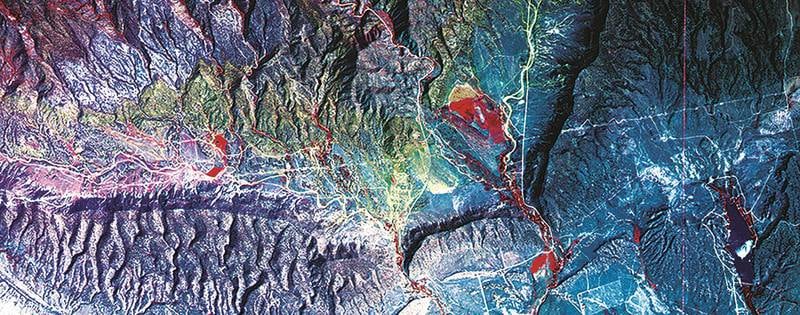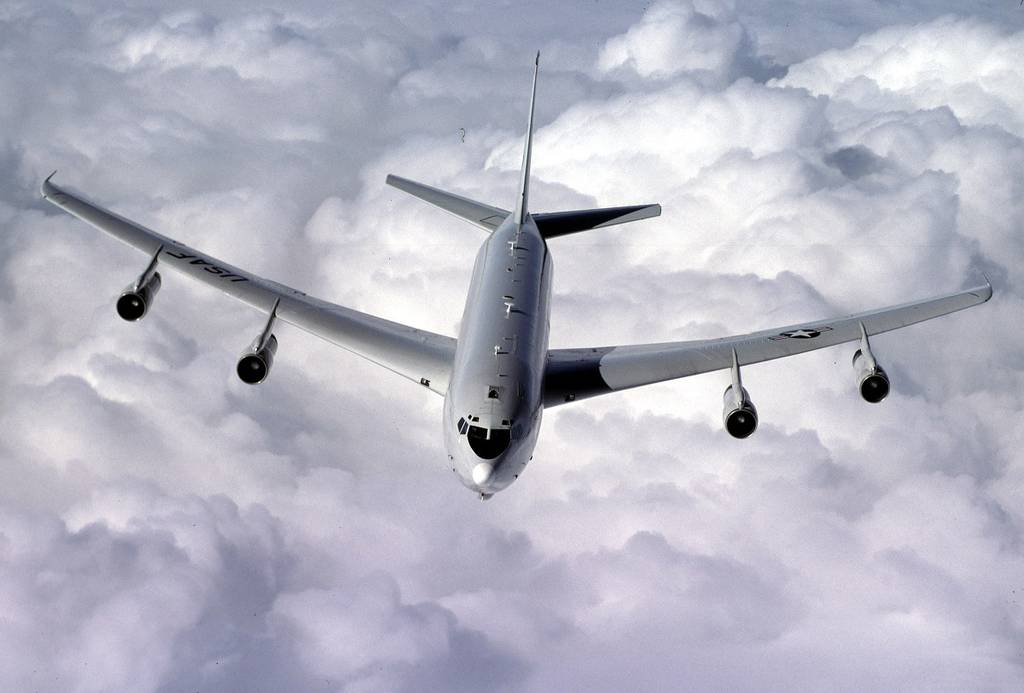COLORADO SPRINGS, Colo. — The National Reconnaissance Office, one of the “big five” U.S. intelligence agencies, expects to launch a ground moving-target sensor prototype into space within the next year as the mission shifts to satellites from aircraft.
NRO Director Christopher Scolese told reporters April 18 that his agency, which builds and operates U.S. spy satellites, has already conducted some tests in orbit to better understand how satellites could play a role in tracking moving targets.
“We’re in the process of actually manufacturing, and we’ll start launching within the next eight to 12 months,” he said during the Space Foundation’s Space Symposium in Colorado, adding that more launches would likely follow the first prototype mission.
RELATED

The NRO has been working with the Space Force and the Air Force to craft a plan to shift part of the ground moving target indicator, or GMTI, mission from aircraft including the E-8C Joint Surveillance Target Attack Radar System to satellites. The goal is to develop a target-tracking architecture that better integrates air and space systems and define what roles different agencies should play in providing that capability.
The Space Force requested $243 million in fiscal 2024 for a program called Long Range Kill Chains, which encompasses the space-based GMTI effort. The service forecast that it will need another $1 billion to fund the effort through FY28.
The program is funded in partnership with the NRO. Because the work is largely classified, it’s unclear how much money the agency is investing in the effort.
Scolese characterized the collaboration between NRO and the Defense Department on GMTI as “strong,” adding that there is a lot more work to do in order to better understand how to perform the integrated mission.
Air Force Secretary Frank Kendall said during a March McAleese & Associates conference in Washington that the Long Range Kill Chains program amounts to “a transformation” in how the department conducts the mission. The early focus for the program is to ensure it meets both operational and intelligence needs, he said.
The so-called big five also includes the CIA, the National Security Agency, the Defense Intelligence Agency and the National Geospatial Intelligence Agency.
Courtney Albon is C4ISRNET’s space and emerging technology reporter. She has covered the U.S. military since 2012, with a focus on the Air Force and Space Force. She has reported on some of the Defense Department’s most significant acquisition, budget and policy challenges.








